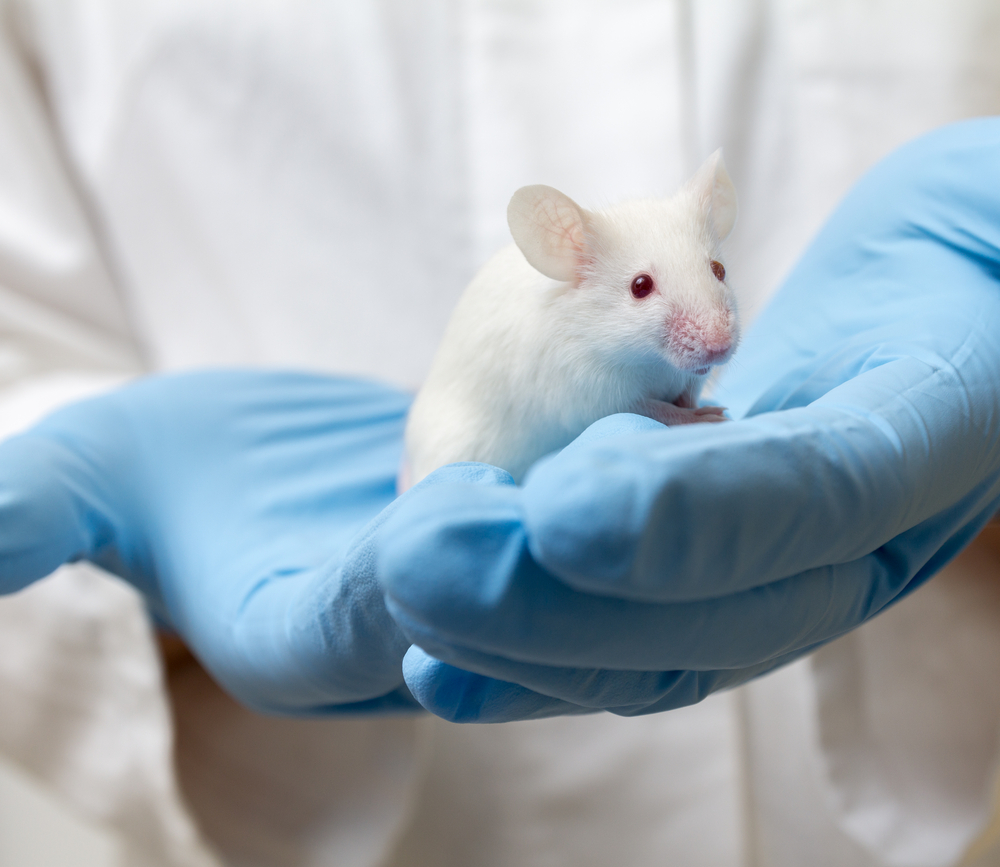Activation of Natural Killer Cells May Help Control MG, Rat Study Suggests

A type of immune cells called natural killer (NK) cells may be able to reduce symptoms of myasthenia gravis (MG) by regulating other components of the immune system, a study in rats showed.
Targeting these cells might be a valid therapeutic pathway for treatment of MG and other antibody-mediated autoimmune diseases, the researchers suggest.
Titled “CXCR5-negative natural killer cells ameliorate experimental autoimmune myasthenia gravis by suppressing follicular helper T cells,” the study was published in the Journal of Neuroinflammation.
Myasthenia gravis (MG) is a disease caused mainly by antibodies that interfere with the communication between nerve and muscle cells. These antibodies are produced by B cells, with the aid of T folicular helper (Tfh) cells — so named for their critical role in assisting antibody production.
Natural killer (NK) cells are another immune cell type that, as their name suggests, can kill other cells, namely infected and malignant cells. NK cells also play important roles in regulating immune responses, many of which are only beginning to be appreciated.
Previous studies have suggested that NK cells could help reduce disease activity in some models of autoimmune disease. However, whether NK cells can also attenuate autoimmunity in MG — and, if so, how — hasn’t been thoroughly explored.
In this study, researchers administered an infusion of NK cells from donor rats to experimental autoimmune myasthenia gravis (EAMG) rats. EAMG rats that did not receive the NK cell infusion served as controls.
Compared with these controls, the rats given the NK cell infusions had significantly lower clinical scores, which were calculated using assessments of muscle weakness, tremors, posture, etc.
This improvement of symptoms was accompanied by significantly lower levels of anti-AChR97–116 IgG2a antibodies, a type of antibody involved in MG. Other MG-associated antibodies trended toward lower levels, but the differences did not reach statistical significance, the results showed.
Further, NK-treated rats had significantly fewer Tfh and B cells in their spleens. Additional experiments using cells in dishes revealed a potential mechanism: NK cells were able to induce apoptosis — programmed cell death — in Tfh cells.
“Thus, cytotoxicity against other immune cells may serve as a general mechanism by which NK cells limit the inflammation and autoimmune response,” the researchers said.
Subsequent experiments revealed that NK cells could be divided into two groups based on whether or not they express CXCR5, a protein involved in the immune cell migration to different parts of the body.
The researchers found that NK cells tended to migrate differently based on whether or not they express this protein. Importantly, only the NK cells that did not express CXCR5 were effective at reducing numbers of Tfh cells. Moreover, NK cells that do express CXCR5 “might exhibit promotive effects on humoral [antibody-mediated] immune response,” the investigators said.
The exact roles of these two NK cell subsets “need to be investigated in detail in the future,” they added.
This study provided evidence that NK cells can help reduce MG symptoms. But actually applying this finding in clinical practice will probably be more complicated than these experiments.
Because these experiments were done in lab rats, NK cells could simply be transferred from one animal to another. However, in people, that isn’t feasible. Instead, this kind of therapy would probably rely on autologous cells — that is, cells collected from the person being treated.
“The usage of NK cell adoptive transfer for treating MG may be confined by the limited number of autologous NK cells which could be obtained,” the researchers said adding that even techniques to increase the number of NK cells outside the body may not be practical.
Instead, the researchers suggest that “a feasible alternative method is to activate or expand NK cells in vivo.” That means scientists would treat a person with a therapy that will activate the NK cells in their body.
One candidate for this potential treatment could be interleukin 15 (IL-15), a signalling molecule important for NK cell activity. Indeed, when the researchers treated cells in dishes with IL-15, the number of NK cells increased, while the number of Tfh cells decreased, presumably as a consequence of the therapy.
“IL-15 and its genetically modified super-agonist ALT-803, which has been used in clinical trials for treating tumors, can activate and expand NK cells and may be a promising candidate for treating MG,” the researchers said. This idea may be explored in future studies.
“NK cells and their activators might be the new therapeutics methods in treating MG and other antibody-mediated autoimmune diseases in the future,” the investigators concluded.






